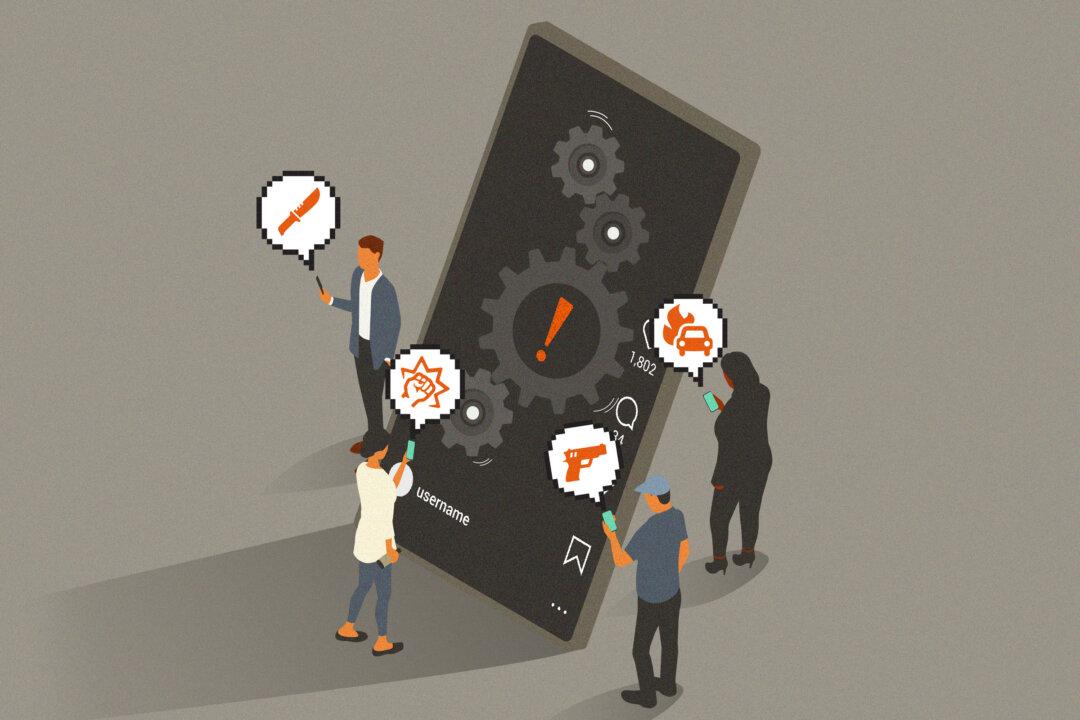Ordinary Americans can expect their wealth to get repeatedly chipped away as the monetary system degrades and requires progressively more intervention by authorities to perpetuate itself, according to an influential author and economist. It may take “a very long time,” however, for the system to actually break, he told The Epoch Times.
The recent downfall of two sizable American banks, Silicon Valley Bank (SVB) and First Republic Bank, rattled the financial markets. Investors are now looking to the Federal Reserve to provide relief and within months reverse its policy of raising interest rates. That’s after the central bank, together with the Treasury and the Federal Deposit Insurance Corporation (FDIC), already shored up the banking sector, offering special loans and guaranteeing uninsured deposits for the failed banks.





